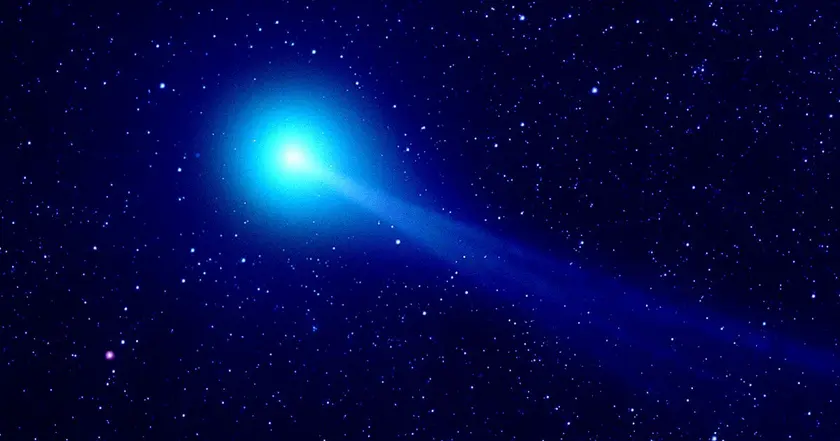T4K3.news
NASA captures ultra rare gigantic jet from space
A NASA astronaut records a rare atmospheric jet from the ISS, offering new data for space weather studies.
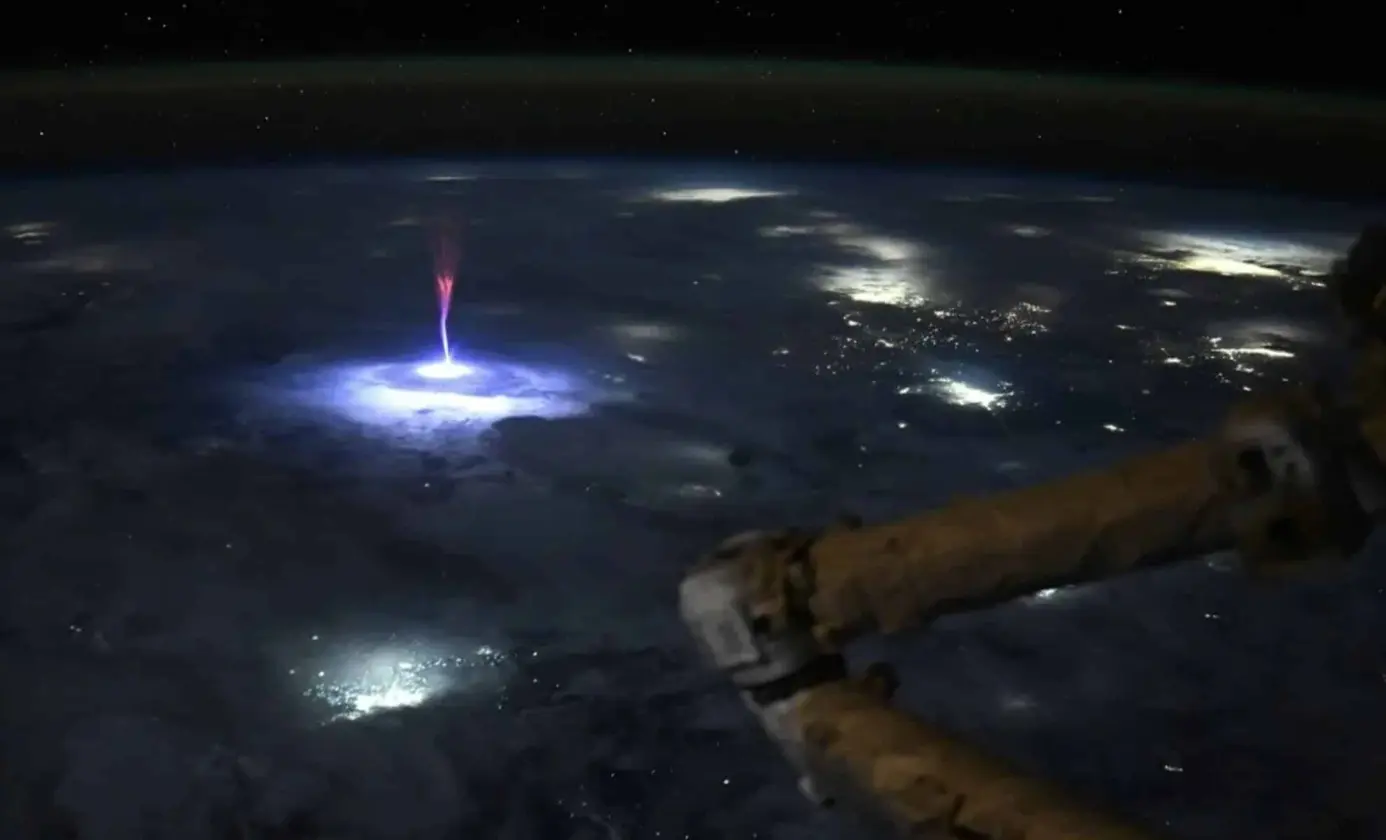
A NASA astronaut records a rare atmospheric discharge from the ISS, adding new data to space weather research.
NASA captures ultra rare gigantic jet from space
On July 3, 2025, NASA astronaut Nichole Ayers, aboard the International Space Station, captured a rare gigantic jet. The image, released on NASA’s portal, shows a blue column of charged plasma climbing from a thunderstorm toward the edge of space, offering scientists a rare view from roughly 400 kilometers up.
Gigantic jets begin at around 20 kilometers and push into the mesosphere, standing apart from sprites which form higher up and in a more diffuse shape. The photo provides a valuable data point for understanding how electrical energy moves from the troposphere to the ionosphere and how space weather can affect satellites and communications. NASA also highlights Spritacular.org, a platform inviting amateur skywatchers to upload sightings, expanding data for unpredictable events.
Key Takeaways
"Gigantic jets reveal a hidden pathway from clouds to the ionosphere"
NASA notes the scientific significance of the phenomenon
"This image shows why space weather models need new data points"
Editorial assessment of the image’s impact on modeling
"Watching storms from above makes the planet feel smaller and the questions bigger"
Emotional reflection on perspective
The image demonstrates how space agencies are expanding the way science is done. A professional spacecraft eye paired with crowdsourced observations can capture fleeting events that are hard to study with traditional instruments alone.
This approach raises questions about data quality and coordination, but it also broadens public interest in Earth science. By opening tools and platforms to the public, NASA is building a more participatory model of discovery that could shape how future atmospheric research is funded and conducted.
Highlights
- Gigantic jets push science into a new frontier of space weather
- Light climbs to space and teaches us how storms work
- Seeing storms from space opens a window to the unseen
- Citizen science turns skywatching into real discovery
The sky still holds many hidden connections between storms and space, waiting for more eyes.
Enjoyed this? Let your friends know!
Related News

Gigantic jet captured from space
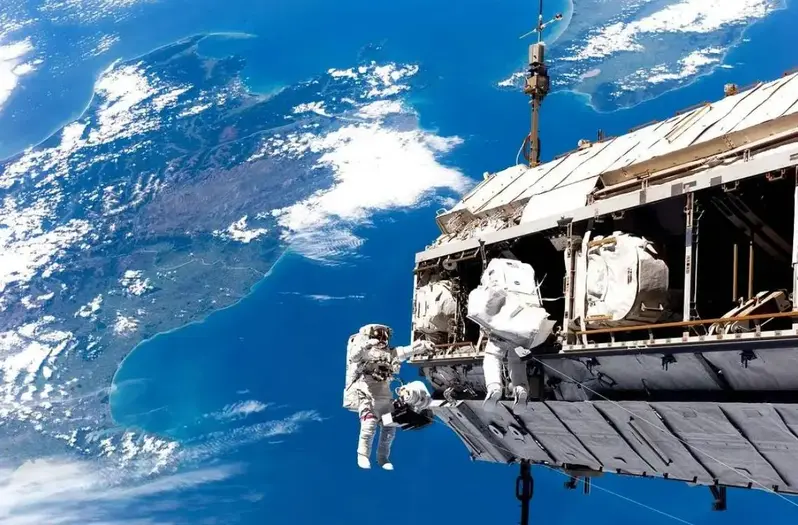
NASA astronauts capture stunning celestial events from ISS
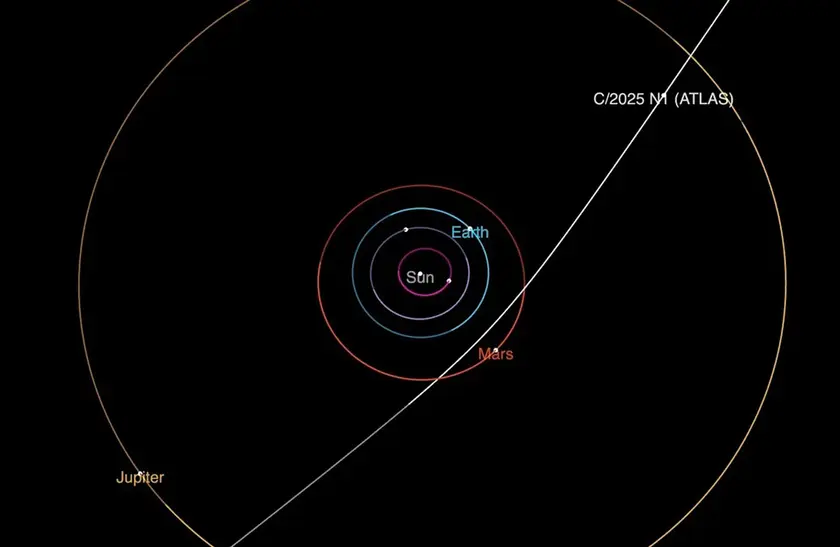
Interstellar comet image captured
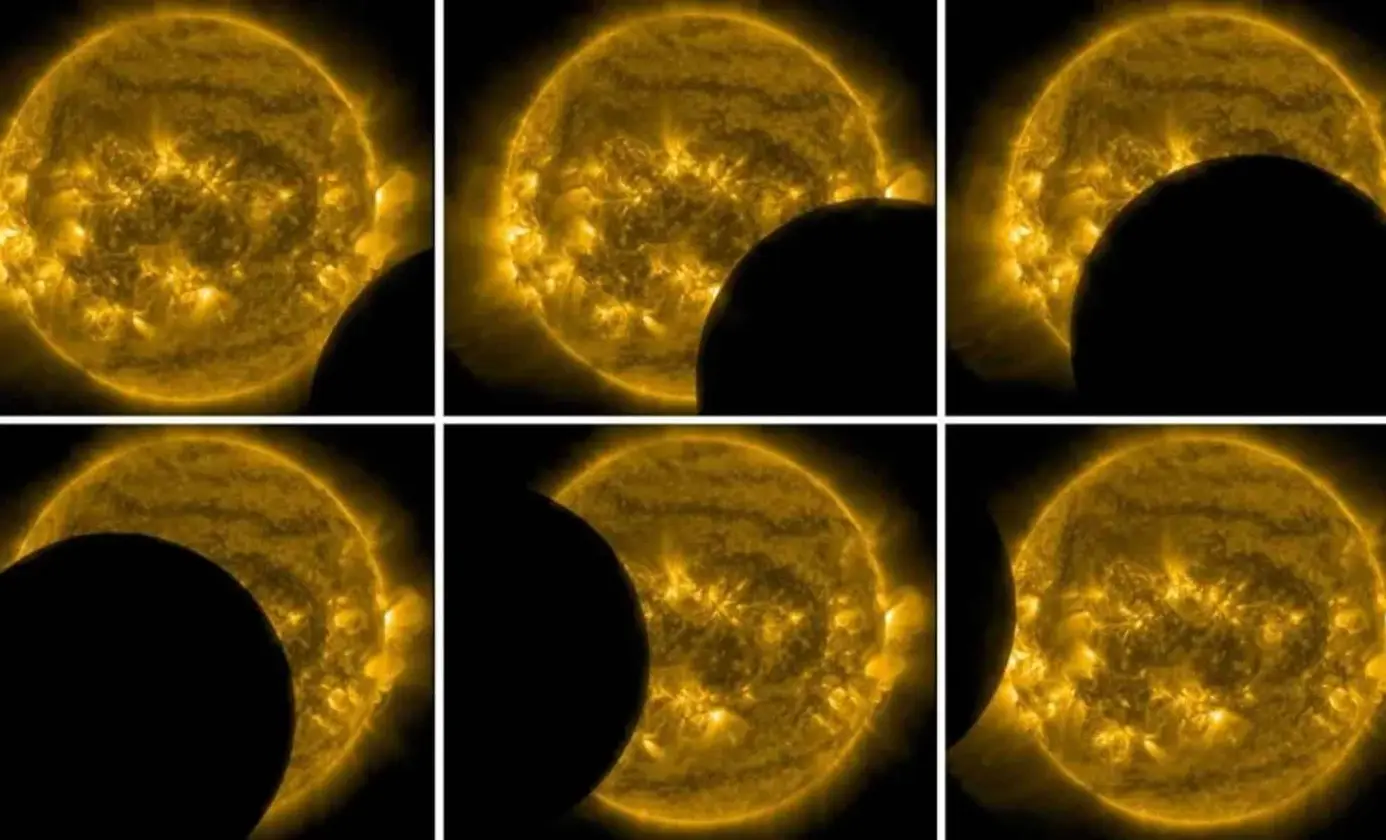
NASA Captures Stunning Solar Eclipse from Space
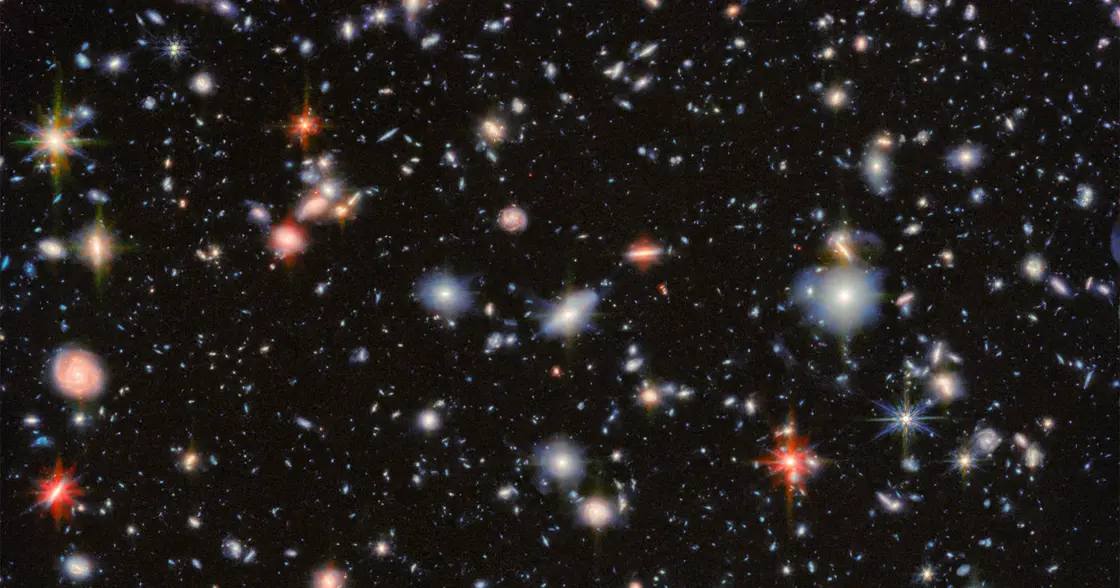
Webb captures new image of Hubble's deep field
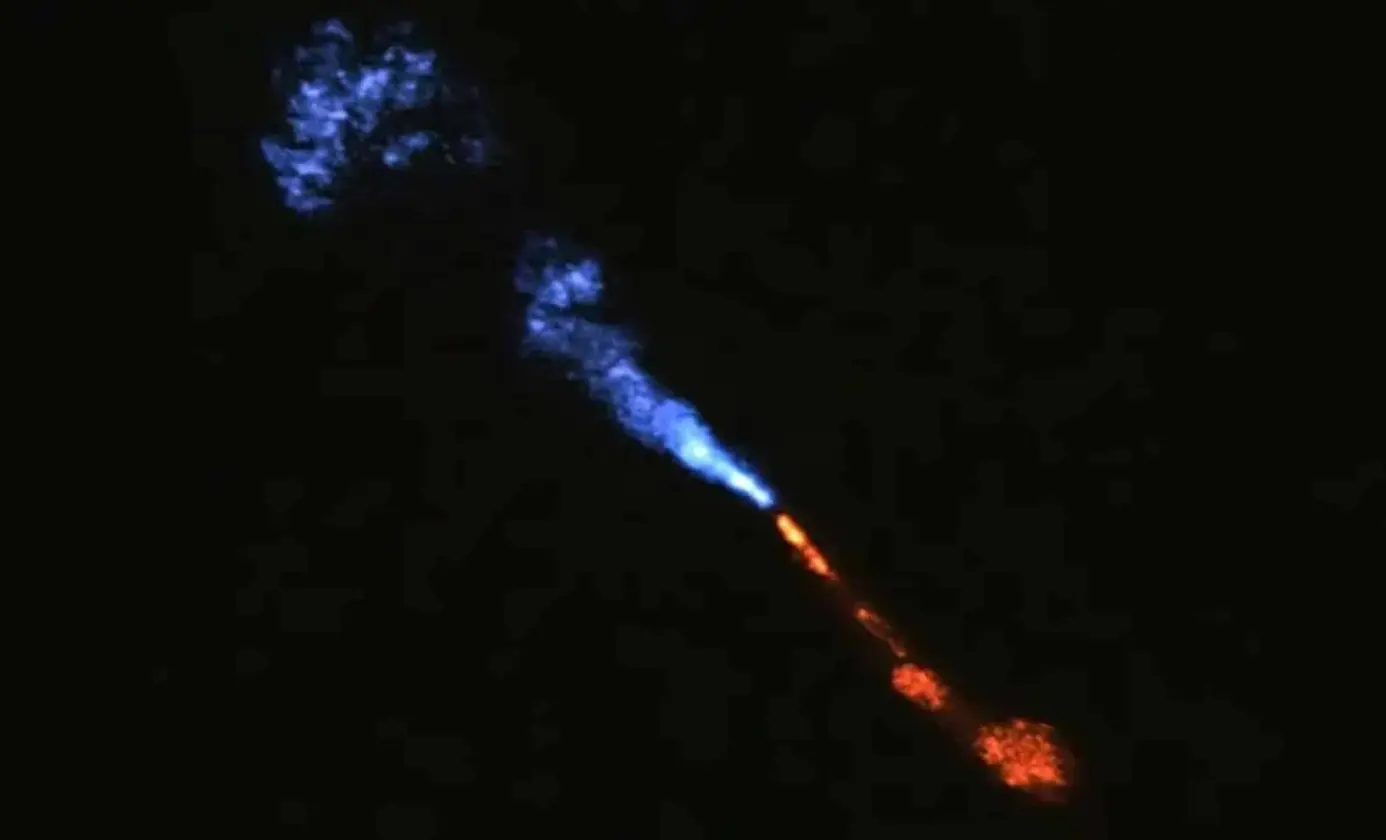
NASA's Webb Telescope Observes New Solar System
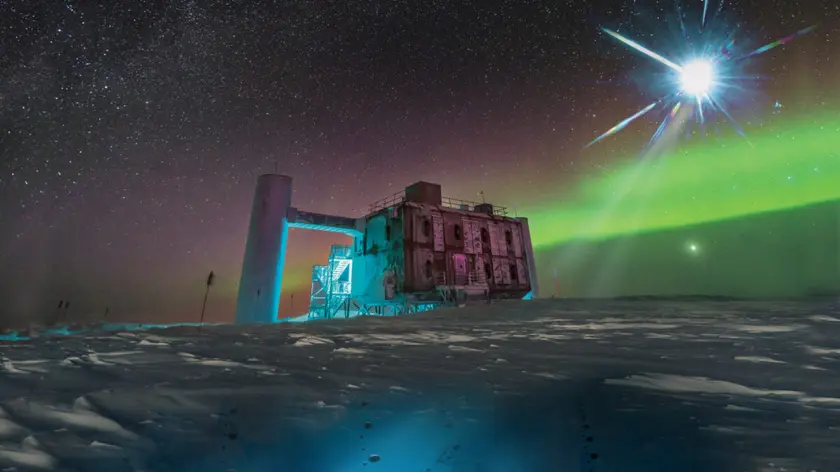
IceCube Upgrades Set to Expand Neutrino Reach

NASA's AI satellite successfully operates independently
